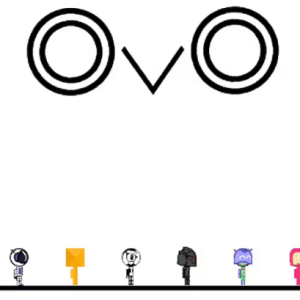Parkour Games
Parkour games focus on navigating environments through fast, fluid movement—jumping, sliding, wall-climbing, and flipping over obstacles. These games are usually designed with minimal controls, but they demand timing, precision, and an understanding of momentum. The challenge lies in chaining movements together without breaking the flow. Levels are often filled with traps, gaps, and shifting platforms that force players to adapt quickly and keep their rhythm intact to avoid being reset to the last checkpoint.
Speed, Skill, and Creative Layouts
The structure of parkour games emphasizes skill mastery over complex systems. Success depends on memorizing level layouts, reacting to visual cues, and refining execution with every run. While some games are designed around linear progression, others focus on racing against time or competing with ghost replays. The aesthetic is usually sharp and clean, giving visual clarity to fast-paced action. Whether set in abstract obstacle zones or urban-inspired rooftops, parkour games create tension through movement alone.
Notable Titles and Gameplay Variation
Examples like Parkour Race, Ovo, and Vex 5 demonstrate the variety within the genre. Parkour Race adds a competitive element, placing players in races against others on color-shifting tracks filled with vertical climbs and gaps. Ovo focuses on precision movement, with tight controls and compact levels that demand speed and perfect execution. Vex 5 blends platforming with hazard-dense stages, offering a mix of traps, sliding mechanics, and timed jumps. All three games highlight how parkour mechanics can be adapted to different challenges while maintaining the core thrill of movement mastery.








